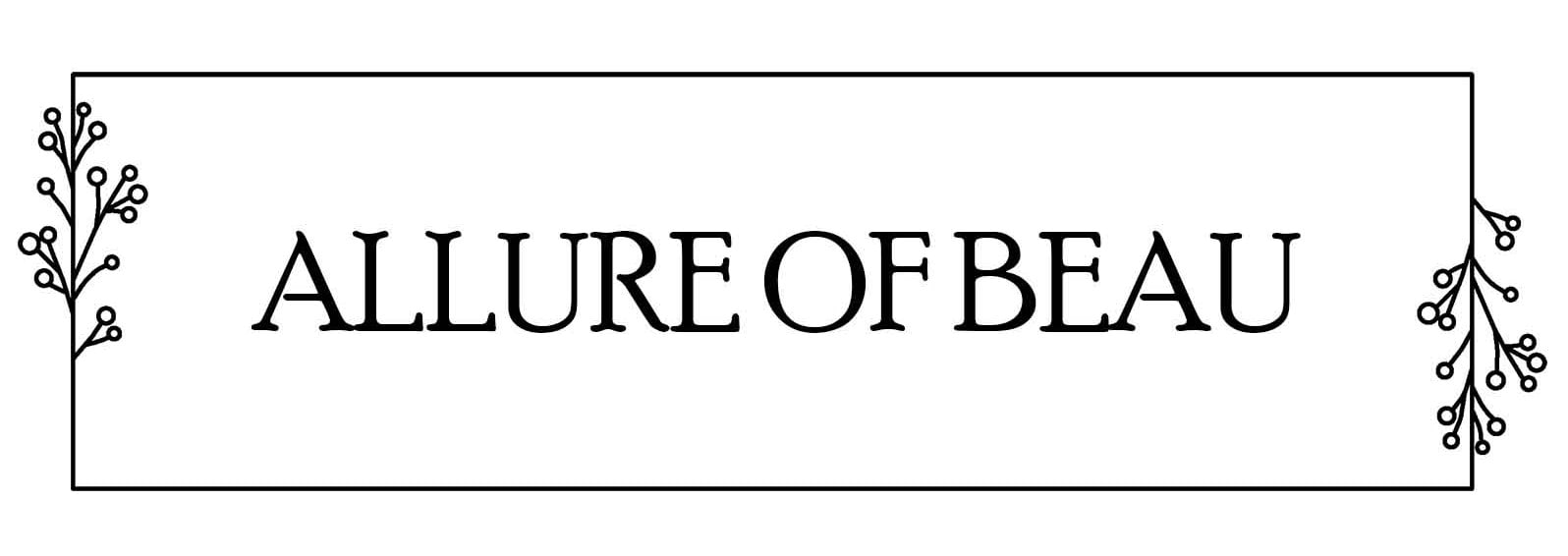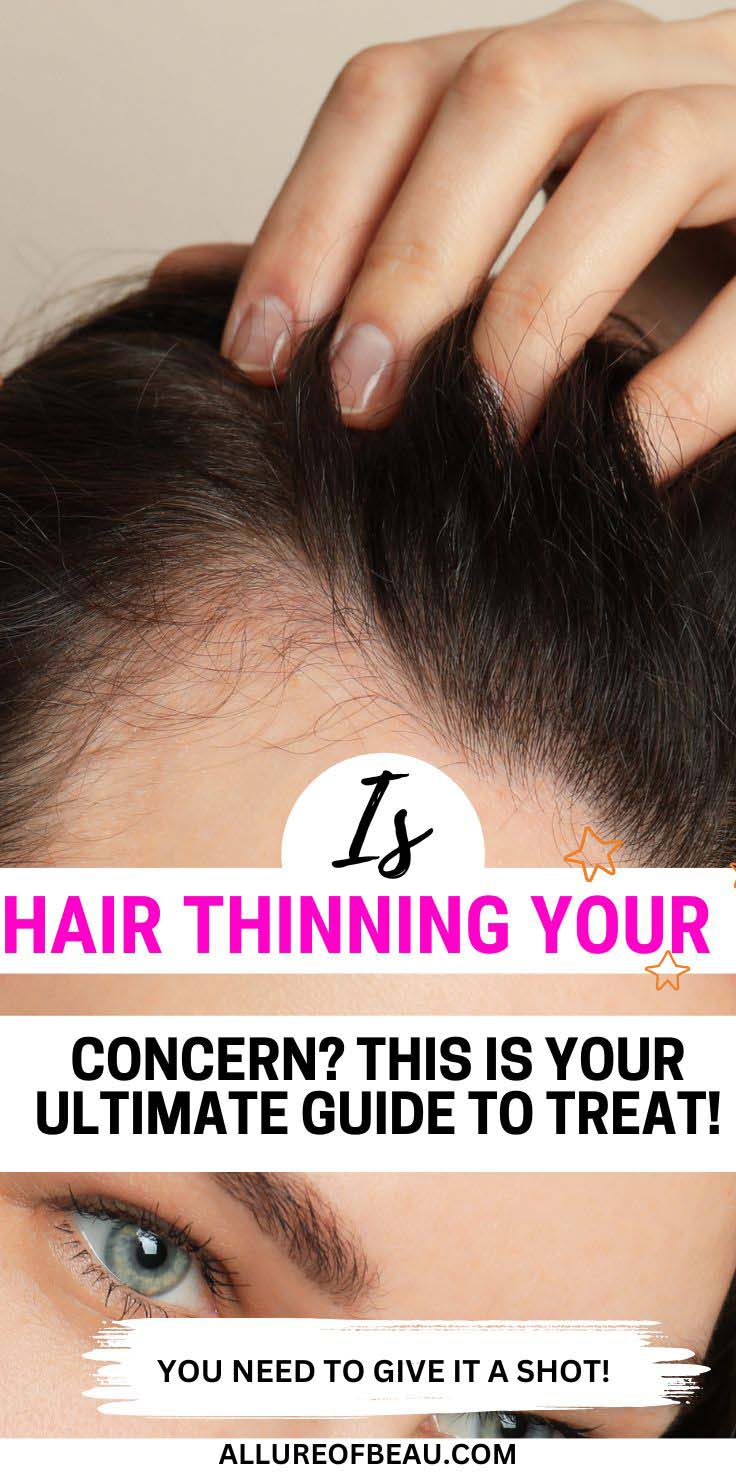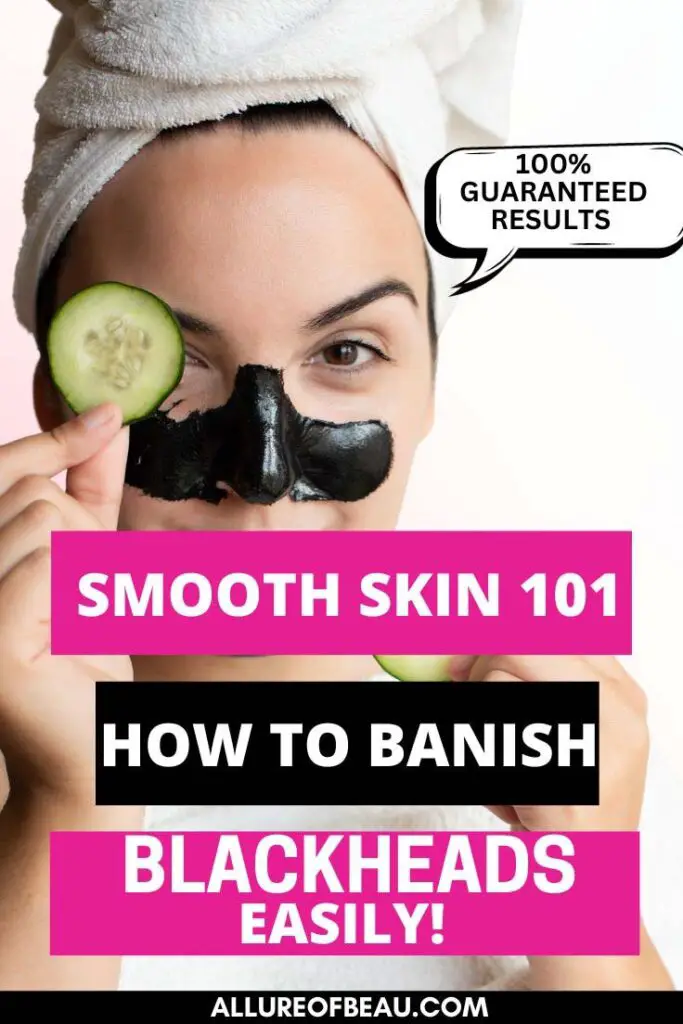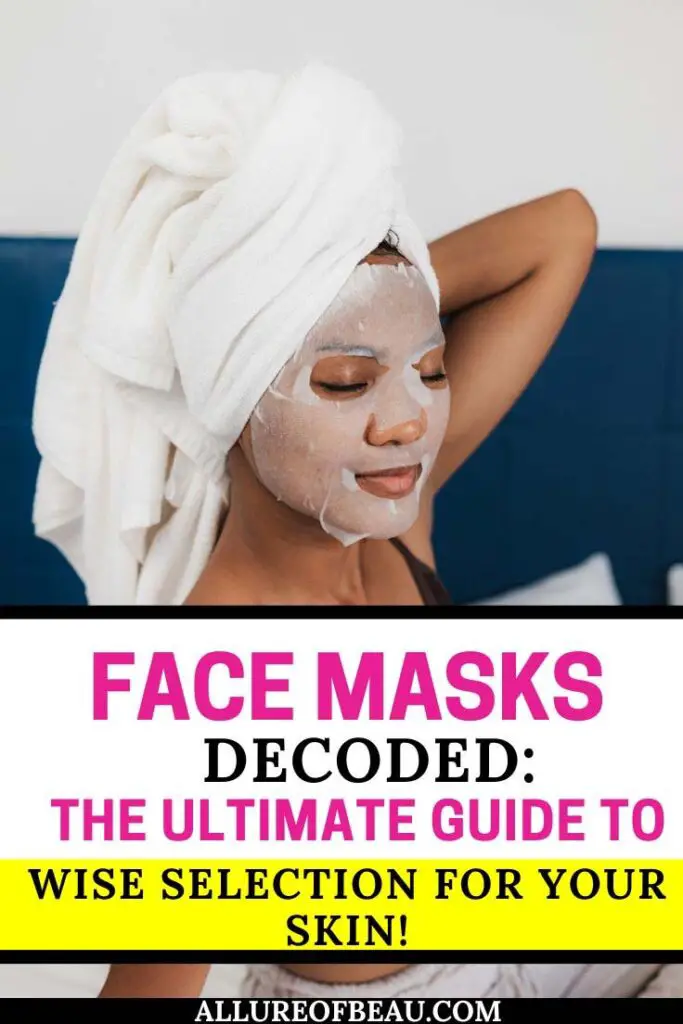A topic that many find sensitive but is incredibly important to address. If you’re reading this, chances are you’re one of the millions searching for answers about why your hair isn’t as thick as it used to be. You’re looking for solutions that are more than just quick fixes; you want something that truly works.
Hair thinning can be a silent confidence stealer, but it doesn’t have to define you. This guide is crafted to demystify the causes of hair thinning and arm you with practical, effective strategies to combat it. We’re not here to make false promises or sell you miracle cures. Instead, we’re here to offer honest advice that’s backed by research and experience.
So, let’s start this journey with an open mind and a commitment to understanding the facts. Together, we’ll explore the various aspects of hair health and discover how to nurture and protect your hair for the long term. It’s time to take control and feel confident about your hair again.

Understanding Hair Thinning
What is Hair Thinning?
Hair thinning is a condition that many people experience, where the density and volume of hair decrease over time. It’s a gradual process that can affect just a few areas or the entire scalp. While it’s not the same as baldness, hair thinning can make your hair look sparser and less full.

Causes
It could be several factors that can influence your hair thinning, but the most common factors are:
• Aging – It is definitely true and possible that you might be experiencing hair thinning due to age. It is noted that as we grow older our body starts supplying less nutrients to our hair, resulting into thinning hair.
• Stress – We all have been there, right? It is commonly noticed that stress can cause your hair to stop growing and hair falls. It is sad but that’s the way our body signals that it needs help. Reason being our body goes into survival mode and messes up with our head quite literally.
• Medical Conditions – Things like hormonal changes, thyroid issues, lupus or deficiencies in important nutrients like iron, vitamin D, or zinc can affect your hair’s health Even certain medications might have side effects that include hair thinning.
• Genetics – It might be due to genetics, which is pretty common and known as androgenetic alopecia. This condition causes hair follicles to shrink, leading to thinner hair strands.
• Lack of Nutrients – In Today’s World, junk food is a staple and most of us can’t avoid it. But, due to them not only they affecting our health but also our hair health. We are not getting important nutrients for our hair health from our food anymore.
• Hair Styles and Hair Colors – Certain hairstyles that pull on the hair, harsh hair products, or even over-treating your hair with dyes and heat can contribute to thinning.
It’s important to remember that hair thinning is a common issue, and in many cases, it’s treatable. Whether it’s through lifestyle changes, medical treatments, or simply finding the right hair care routine, there are ways to manage and improve the condition of your hair.
If you’re concerned about hair thinning, it’s a good idea to talk to a healthcare professional. They can help determine the cause and suggest the best course of action for your particular situation.
Treat Hair Thinning with these easy and practical ways.
1. Massage Your Scalp

Get those fingers working and give your scalp a massage. It’s like telling your hair roots to wake up and get growing. Plus, it feels pretty darn good. Aim to massage at least 5 minutes minimum to see the results. It increases the blood circulation to your hail folicles helping it grow.
I love that it is cost effective, you can basically use your hands that’s it. Or, You can use this silicone hair massage brush too. But, you should use it in dry hair only in circular motions. Remember, you shouldn’t use it in wet hair because hair is in it’s weakest state when wet, so using this silicone hair massager may get your hairs tangled and hair loss, too.
2. Home Remedies to the Rescue

Home Remedies to the Rescue When it comes to hair thinning, sometimes the best solutions are the ones you can whip up in your own kitchen. Here’s what you can do:
Oil It Up: Massaging your scalp with oils like coconut, castor, or olive oil with essential oils like rosemary and peppermint can nourish the roots and promote hair growth. Timing it before washing your hair works best. Try to do it at least 2 a week.
Egg Mask Magic: Eggs are packed with protein, which your hair loves. Apply an egg mask to your hair and scalp once a week for a protein boost.
Onion Juice: Onion juice is rich in sulfur, which is essential for the production of collagen, a protein necessary for hair growth. Applying onion juice to the scalp can help nourish hair follicles, reduce inflammation, and potentially stimulate hair regrowth. I prefer to apply the onion juice to my affected area only, reason being the smell and it makes me stick to the routine without getting lazy much.

1. Preparation: Start by peeling and chopping one or two medium-sized onions. You can use a food processor or blender to finely chop the onions, making it easier to extract the juice.
2. Extracting the Juice: Once the onions are chopped, place them in a fine-mesh strainer or cheesecloth over a bowl. Use a spoon or your hands to press down on the onions, extracting as much juice as possible. Alternatively, you can blend the chopped onions and strain the mixture through a cheesecloth to obtain the juice.
3. Optional Additions: Some people prefer to enhance the effectiveness of onion juice by adding other ingredients such as aloe vera gel, honey, or essential oils. These additions can provide additional nourishment to the scalp and mask the strong smell of onions.
4. Application Process: Using a cotton ball or applicator brush, apply the onion juice directly to your scalp, focusing on areas with thinning hair or bald patches. Gently massage the juice into your scalp using circular motions to ensure even distribution.
5. Leave-In Time: Once the onion juice is applied, leave it on your scalp for at least 15-30 minutes to allow the sulfur and other nutrients to penetrate the hair follicles. For those with sensitive skin, it’s advisable to perform a patch test before applying onion juice to the entire scalp to avoid irritation.
6. Rinsing: After the recommended leave-in time, rinse your hair thoroughly with lukewarm water to remove the onion juice. Follow up with a mild shampoo and conditioner to eliminate any lingering odor and keep your hair smelling fresh.
7. Frequency of Use: To achieve noticeable results, it’s recommended to use onion juice on your scalp 2-3 times per week. Consistency is key, so establish a routine that works for you and stick to it.
8. Monitor Progress: Keep track of any changes in your hair growth and overall scalp health over time. It may take several weeks to see significant improvements, so be patient and continue with the treatment regimen.
Aloe Vera Gel: Known for its healing properties, aloe vera can soothe the scalp and unblock hair follicles, making way for new hairs to grow.
Herbal Help: Herbs like ginseng and rosemary are believed to stimulate hair growth. Try adding them to your oils or look for hair products that contain these herbal stars.
Quick Hair Growth Oil Recipes using herbs.
1. Rosemary and Peppermint Hair Oil:
• Mix equal parts of dried rosemary leaves and peppermint leaves with coconut oil in a clean bottle.
• Let it sit in a cool, dark place for at least a week to allow the herbs to infuse into the oil.
• Strain out the herbs and use the infused oil to massage into your scalp and hair. Leave it on for at least 30 minutes before washing it out.
2. Amla and Hibiscus Hair Oil:
• Blend dried amla powder and dried hibiscus flowers with sesame oil in a blender until smooth.
• Heat the mixture over low heat for about 10-15 minutes.
• Strain out any residue and store the infused oil in a clean bottle.
• Apply the oil to your scalp and hair, leave it on for 30 minutes, then wash it out with shampoo.
3. Ginseng and Ginger Hair Oil:
• Crush dried ginseng root and ginger root and mix them with almond oil in a clean bottle.
• Let it sit in a warm place for at least a week to allow the herbs to infuse into the oil.
• Strain out the roots and use the infused oil to massage into your scalp and hair. Leave it on for at least 30 minutes before washing it out.
4. Bhringraj and Brahmi Hair Oil:
• Mix equal parts of dried bhringraj leaves and brahmi leaves with coconut oil in a clean bottle.
• Let it sit in a cool, dark place for at least a week to allow the herbs to infuse into the oil.
• Strain out the herbs and use the infused oil to massage into your scalp and hair. Leave it on for at least 30 minutes before washing it out.
5. Fenugreek and Curry Leaves Hair Oil:
• Blend dried fenugreek seeds and curry leaves with olive oil until smooth.
• Heat the mixture over low heat for about 10-15 minutes.
• Strain out any residue and store the infused oil in a clean bottle.
• Apply the oil to your scalp and hair, leave it on for 30 minutes, then wash it out with shampoo.
3. OTC Hair Treatments For Hair Thinning
1. Minoxidil (Rogaine):
Minoxidil is the most common OTC treatment for hair thinning. It’s available in various formulations, such as foams, solutions, and serums, and is applied directly to the scalp to stimulate hair follicles, prolong the growth phase of the hair cycle, and promote hair regrowth. It’s typically applied twice daily for best results.
2. Nutritional Supplements:

Nutritional deficiencies can contribute to hair thinning. OTC supplements containing vitamins, minerals, and antioxidants that support hair health, such as biotin, vitamin E, iron, and zinc, can help nourish the scalp and promote thicker, healthier hair growth. Look for supplements specifically formulated for hair, skin, and nails.
3. Scalp Stimulating Treatments:
OTC scalp treatments containing ingredients like caffeine, niacinamide, and menthol can help improve blood circulation to the scalp, stimulate hair follicles, and promote hair growth. These treatments often come in the form of serums, foams, or sprays and are applied directly to the scalp.
4. Laser Combs or Helmets:
Low-level laser therapy (LLLT) devices, such as laser combs or helmets, are OTC treatments that use red light therapy to stimulate hair follicles, increase blood flow to the scalp, and promote hair growth. These devices are used at home and may require regular use for several months to see results.
4. Lifestyle Changes for Lush Hair
What you do every day can have a big impact on your hair. Here are some lifestyle changes that can make a difference:
• Stress Less: High stress can lead to hair thinning. Find ways to relax, whether it’s through exercise, meditation, or hobbies.
• Eat Right: Your hair needs nutrients to grow. Ensure your diet is rich in vitamins and minerals like iron, zinc, and vitamins A, C, and E.
• Gentle Hair Care: Be kind to your hair. Avoid tight hairstyles, harsh chemicals, and too much heat styling.
• Regular Trims: Keeping your hair trimmed can prevent split ends and breakage, making your hair look fuller.
5. Nurturing Hair Care Routine
Taking care of thinning hair also means having a gentle hair care routine:
• Choose the Right Shampoo: Look for a volumizing shampoo that’s gentle and doesn’t strip your hair of its natural oils.
• Condition Carefully: Use a lightweight conditioner that moisturizes without weighing down your hair.
• Dry Gently: Pat your hair dry with a soft towel instead of rubbing it, and avoid using high heat when blow-drying.
So, there you have it. A full fledged guide on hair thinning and what to do. Just, remember everything takes time but with consistency you’ll see results. But, you need to have patience to generally see results you need to follow everything according to your convenience and then you may start seeing visible results in as little as 3 months to 6 months. Remember hair growth journey is slow but worth it:)
And, if you suspect that your hair thinner is not due to stress and genetics. Then, it may be time to check with your doctor.
Thank You for reading this article!




